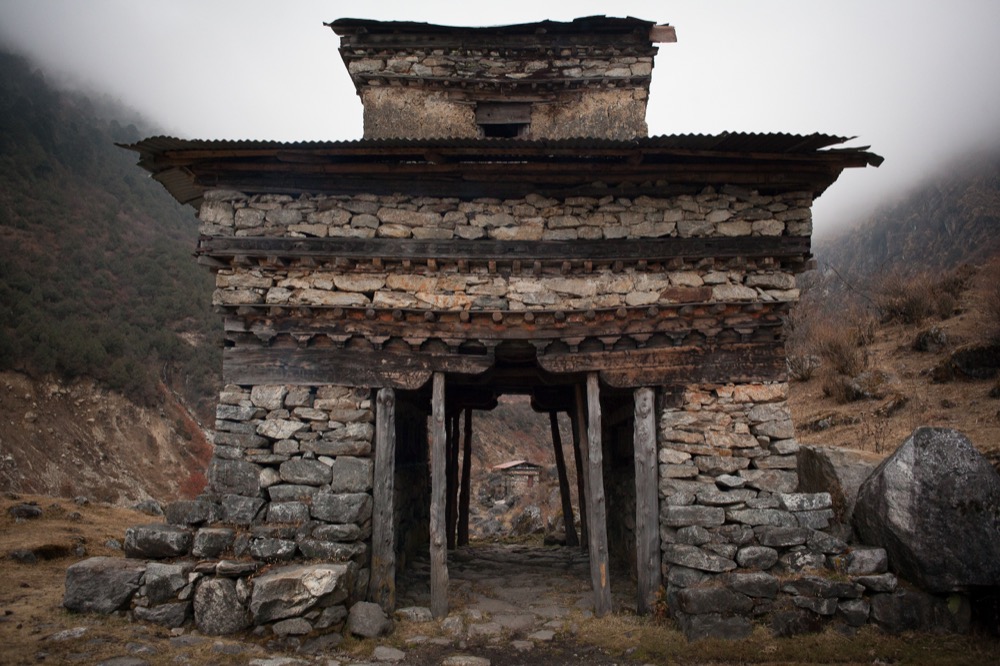The idea of centre and periphery has been highly influential in shaping mental maps of how the world is spatially structured. The traditional, rural, pristine, and poor periphery is juxtaposed with the modern, urban, polluted, and cosmopolitan core. The concept lends itself to a variety of analytic endeavors, including rural-urban migration, asymmetric power relations between countries or regions, or transnational connections between borderlands. For certain geographical configurations, however, neither periphery, nor centre – nor any point along the axes between them – provides a useful description. Taking the Himalayan valleys of northern Nepal as a vantage point, I propose the concept of pathways as analytical approach to such non-peripheries at the edge of nation-states.
The notion of pathways is one of the key concepts in the Remoteness & Connectivity project. While still a work in progress, the idea has been sketched out in several talks (see below); a full paper has been accepted and is forthcoming in HIMALAYA in autumn 2016.
Related Events
Remoteness and connectivity in the Himalayas
International Guest Lecture at the Austrian Academy of Sciences.
Neighbouring China
Paper presented at the Asia Center, School of Global Studies, University of Sussex


